Sac State won’t release locations of untested water after lead discovery
Jill Parker, the new interim senior director for risk management services and chief risk officer at Sac State, has said that the untested water sources should not be of concern to the campus community since they haven’t been tested, and therefore are not known to contain excess lead. (Photo by Kameron Schmid)
February 15, 2017
Sacramento State officials are aware of which water sources on campus remain untested for lead contamination, but are choosing not to tell the campus community out of reluctance to release information that is not “well thought-out,” according to an administrator.
Jill Parker, who was recently named the interim senior director for risk management services and chief risk officer at Sac State, said Tuesday that not only is the university going to be cautious with releasing information, but it has also hired a second consultant group at her suggestion.
During the first week of the spring semester, it was announced that out of 449 water sources on campus tested by a research group made up of professors and students, 75, or nearly 20 percent, had levels of lead contamination in excess of the FDA’s bottled water standard, 5 parts per billion or higher.
Of those 75, 28 were in excess of the EPA’s action limit, 15 parts per billion. It was established at that point by Steve Leland, the director of environmental health and safety, that all 75 had been shut off at the source out of an “abundance of caution.”
Additionally, those 449 represented “90 percent” of the campus water sources, according to Leland, and the university was looking at that point into finding out exactly what sources hadn’t been tested.
Parker suggested that the possibly 10 percent of water sources, which are now specifically known to her and the administration, should not be a concern to the campus, as they have yet to be tested for lead contamination and therefore are not known to contain excess lead.
She also argued that just because 20 percent of the original testing sample came back as contaminated does not mean any of the remaining sources will be contaminated.
“In my view, it is not prudent to assume a problem when you don’t know one exists,” Parker said. “You’re making an assumption, that in this one area, that same set of circumstances would apply to others. That’s a pretty big leap.”
Parker also pointed out that the 28 sources above the action limit are the only ones the university is legally obligated to have shut off; those above the bottled water limit were shut off by decision.
“The (bottled water limit) was used as an abundance of caution, in the heat of the moment, to be very conservative, but that is not the action level, per the regulations,” Parker said.
Leland did not return a call asking for comment on the project as of press time.
Sac State sophomore and social work major Virydiana Ramirez is concerned that it isn’t currently known by students where the untested drinking water sources are located.
“The news came out three weeks ago and they still haven’t released new information,” Ramirez said. “That affects us as students.”
Patrick Dorsey, president of Associated Students Inc., the governing body for Sac State students, said that to his knowledge the university is doing “everything it can” to address the issue, and is likely withholding information for fear of being accurate.
“I think they want to make sure they have all the information correct,” Dorsey said.
Parker said there is also no timeline for testing that can be shared publicly as of now, as her office still gathers facts and establishes a plan.
“It is clearly our intent to keep folks aware and up to date, but we don’t want to be premature and then having information come out that is incomplete or not well-thought through yet,” Parker said.
To help orchestrate a plan, Parker was key in the university hiring CIH (Certified Industrial Hygienist) Services as a consultant group, in addition to the one previously hired, Alex Spataru of Adept Inc.
Leland said last week that the course of action would largely be determined by Spataru’s recommendations, which were expected during that week, one week after Spataru visited campus for two days and collected information.
Parker said Tuesday that Spataru’s recommendations were received, but were not in line with her vision for a solution.
“Alex is a forensic engineer, so he had jumped to a conclusion or a solution if we needed to do something that was actionable,” Parker said.
So, the university is now waiting for Parker’s office and CIH Services to create a plan before going forward. Parker said the plan may call for completed testing of all campus water sources, or retesting of some of the already tested sources.
“(Sacramento State President Robert Nelsen) has given me direction that this is my highest priority, and so I’m dealing it as such,” Parker said.



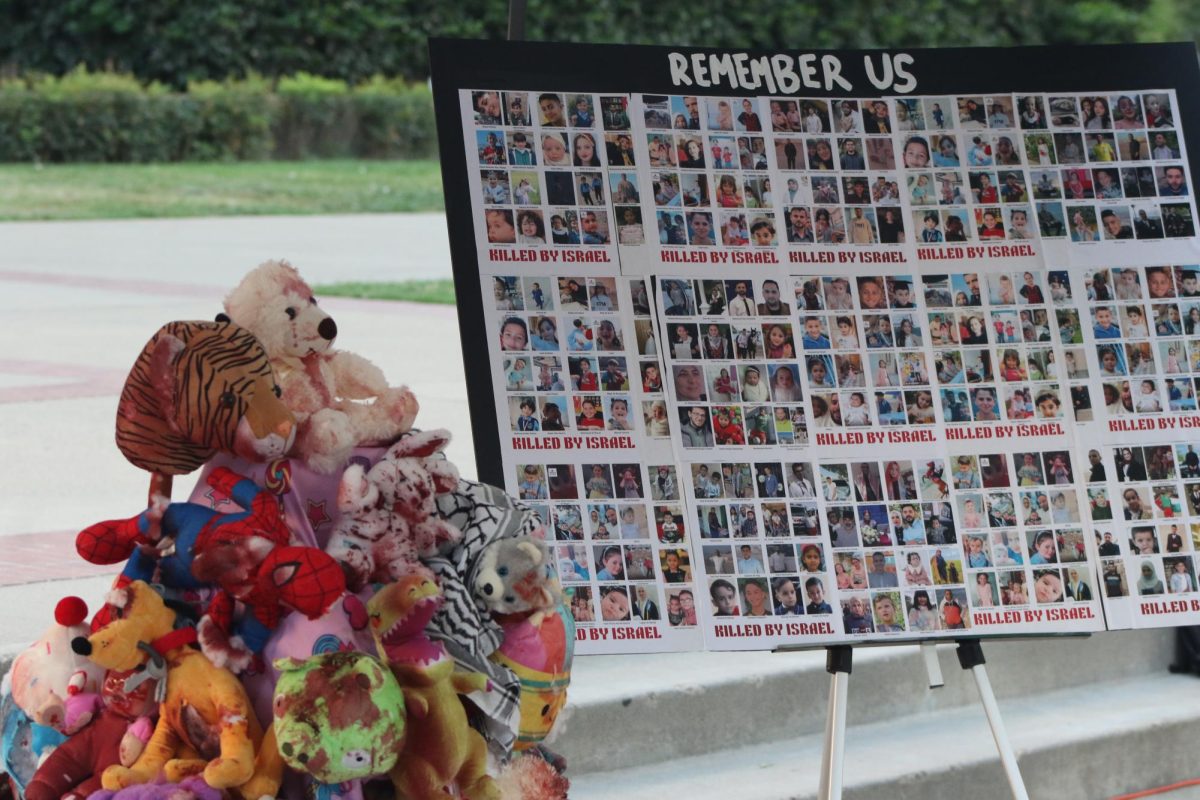
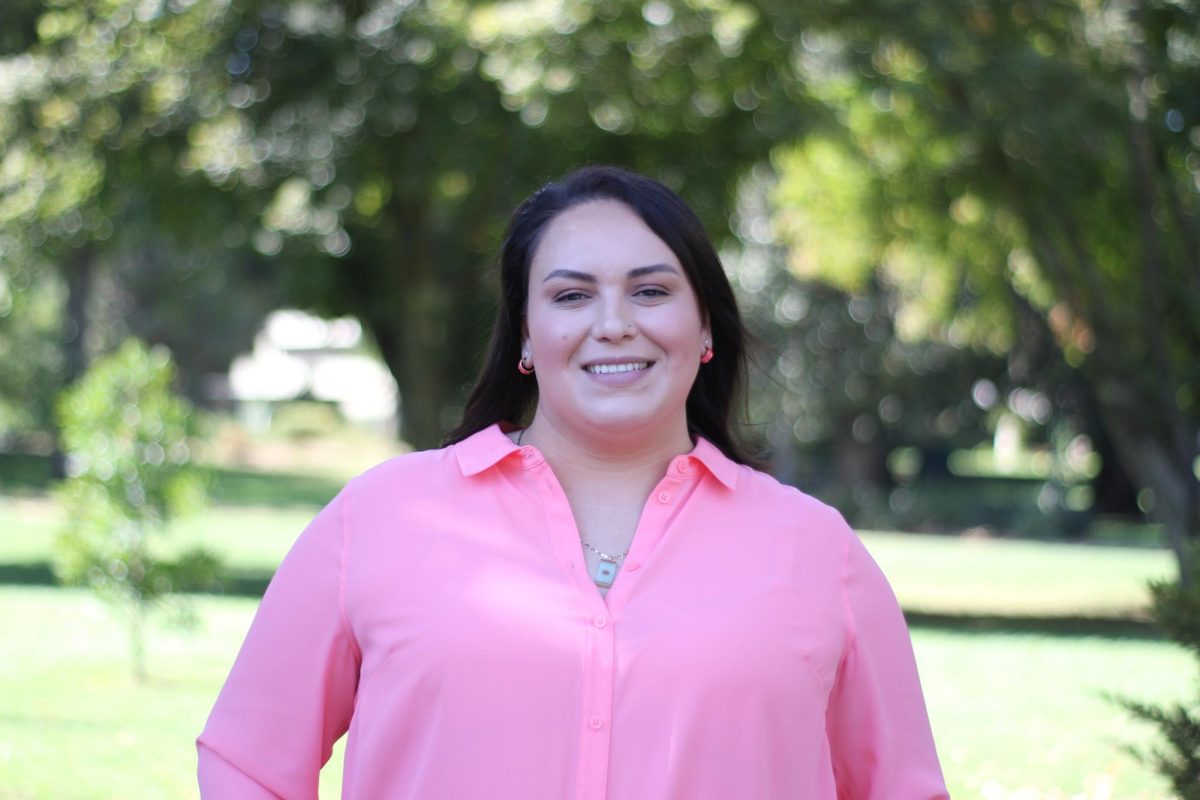
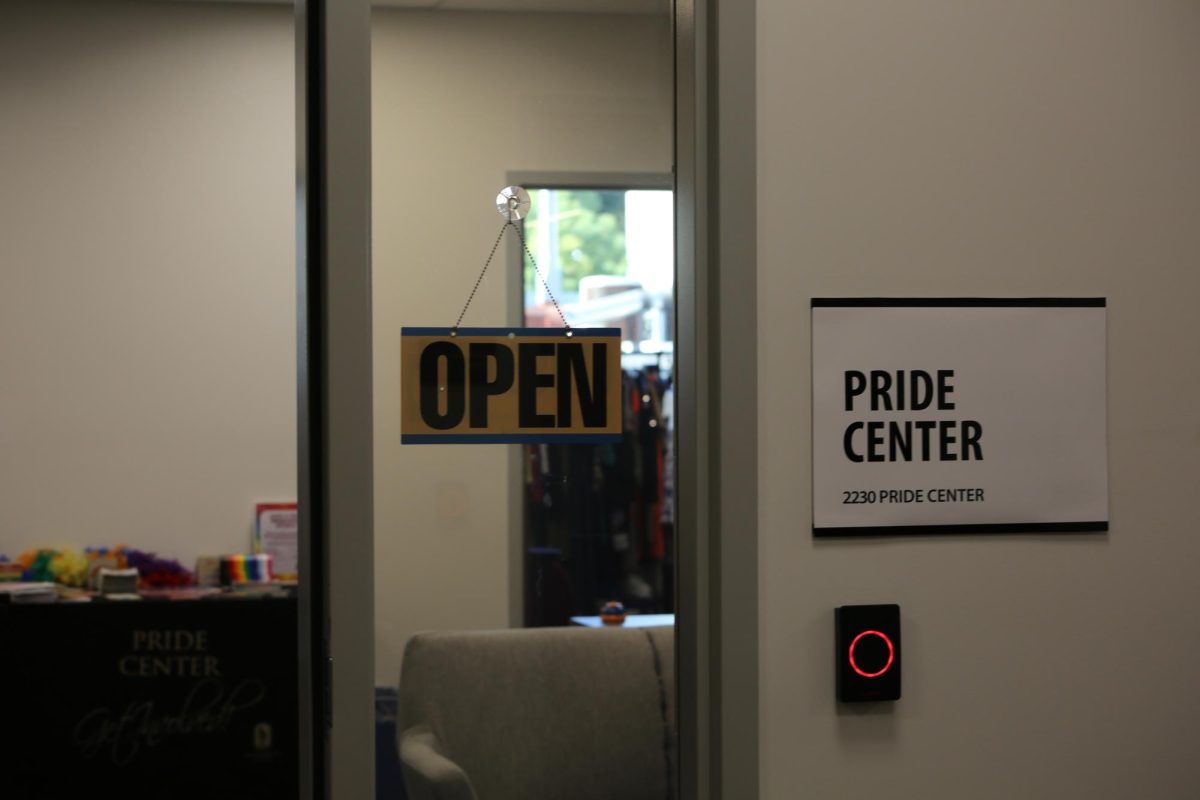
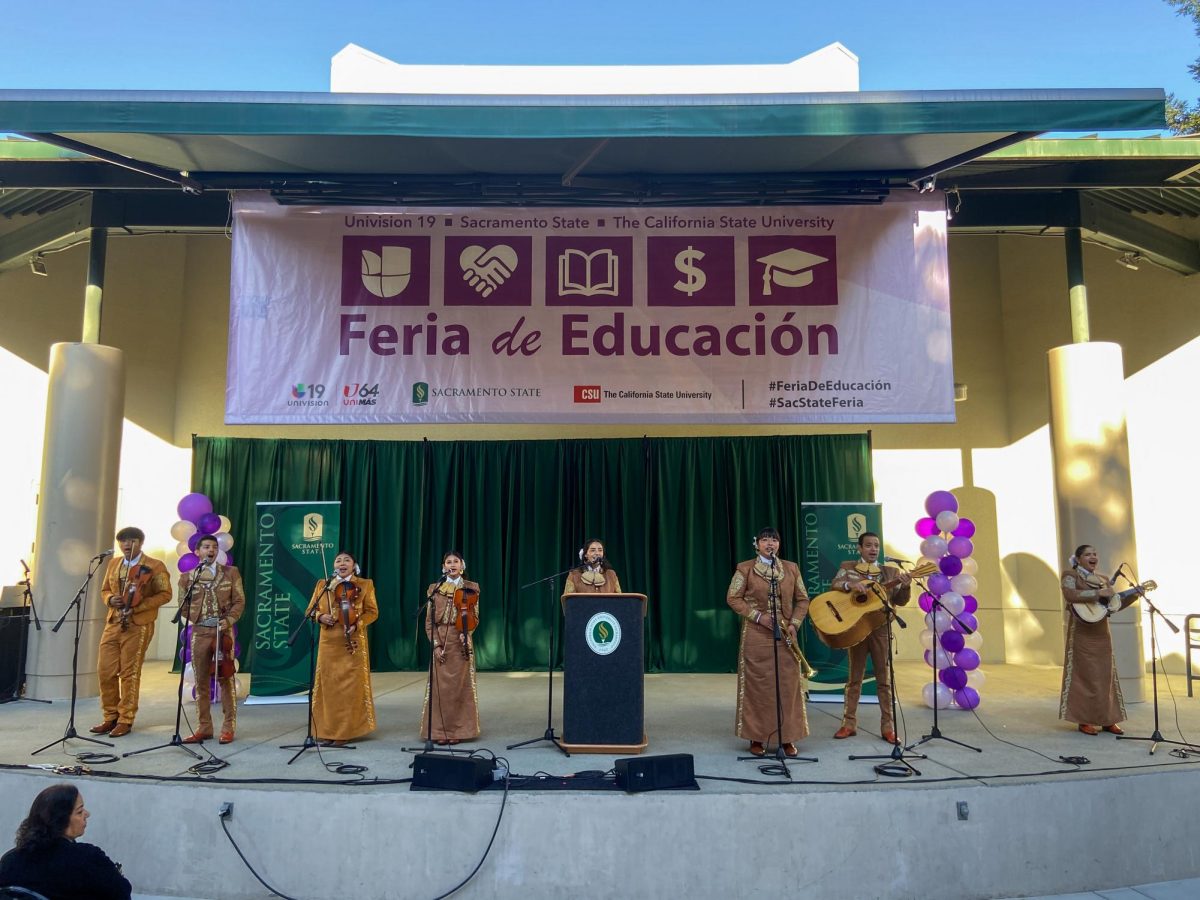



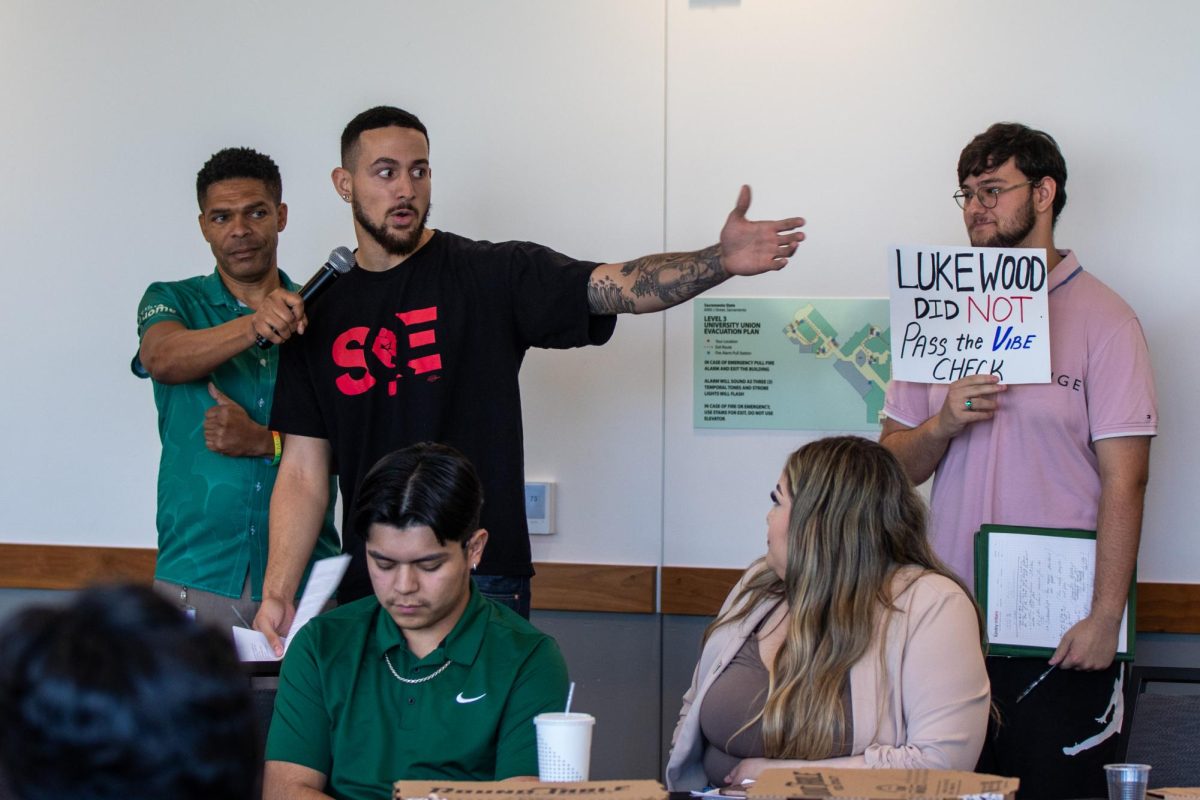
















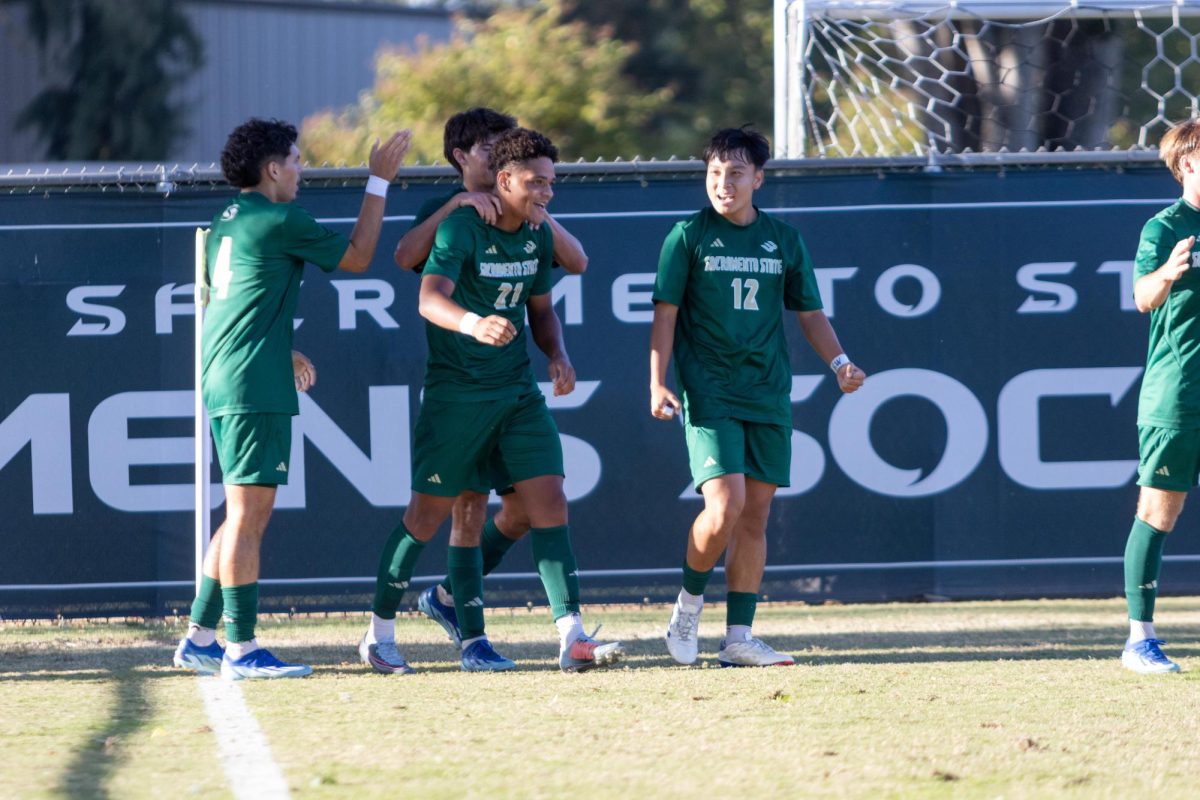
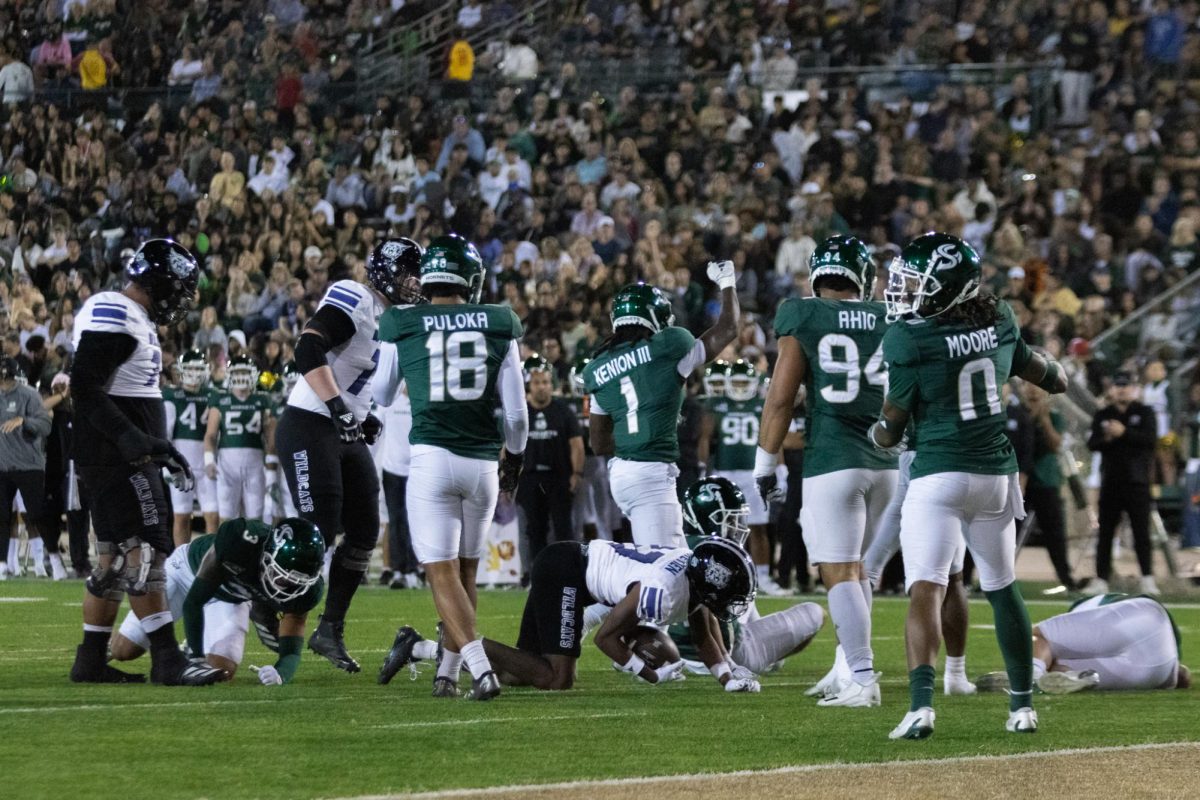
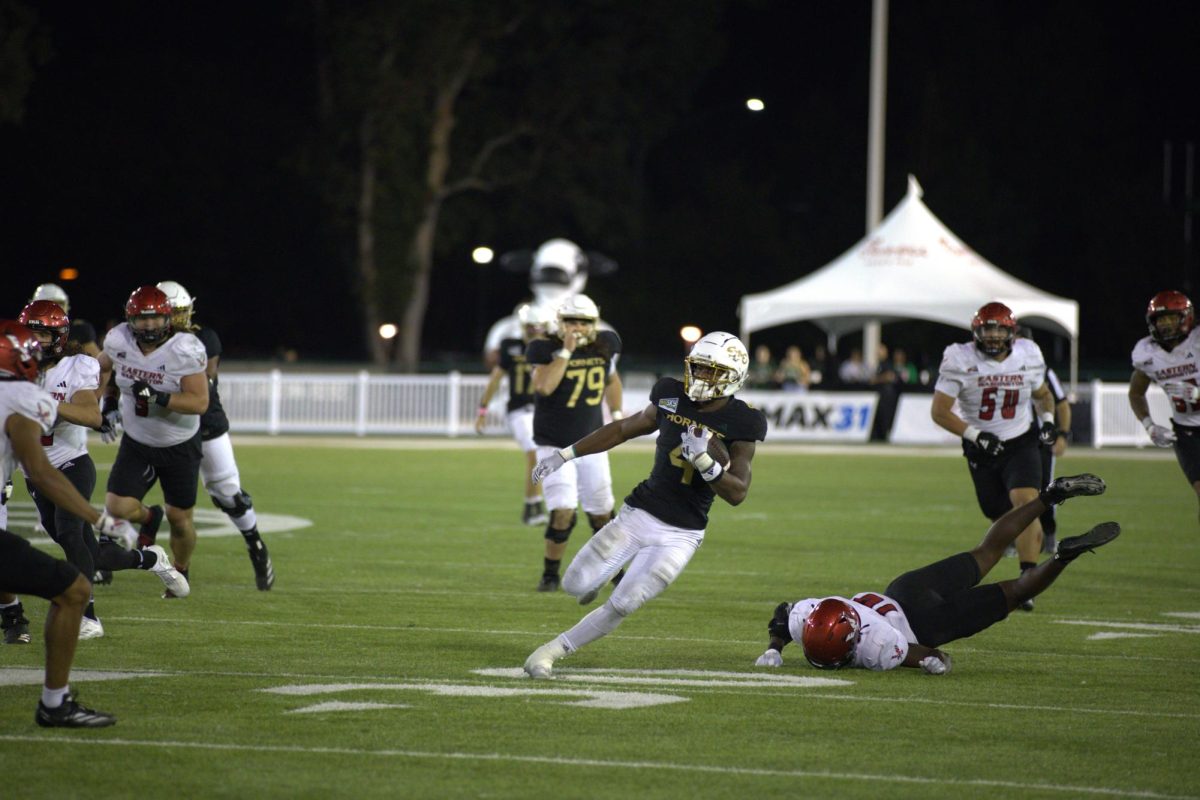
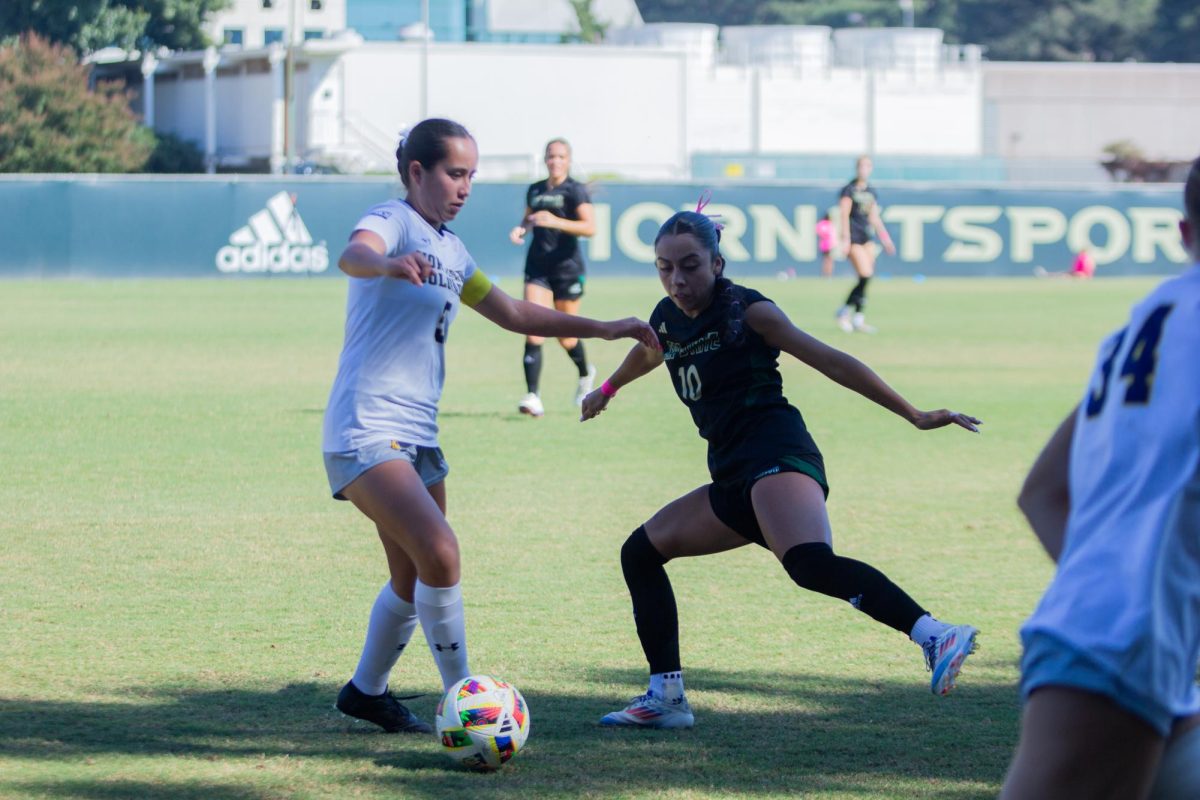

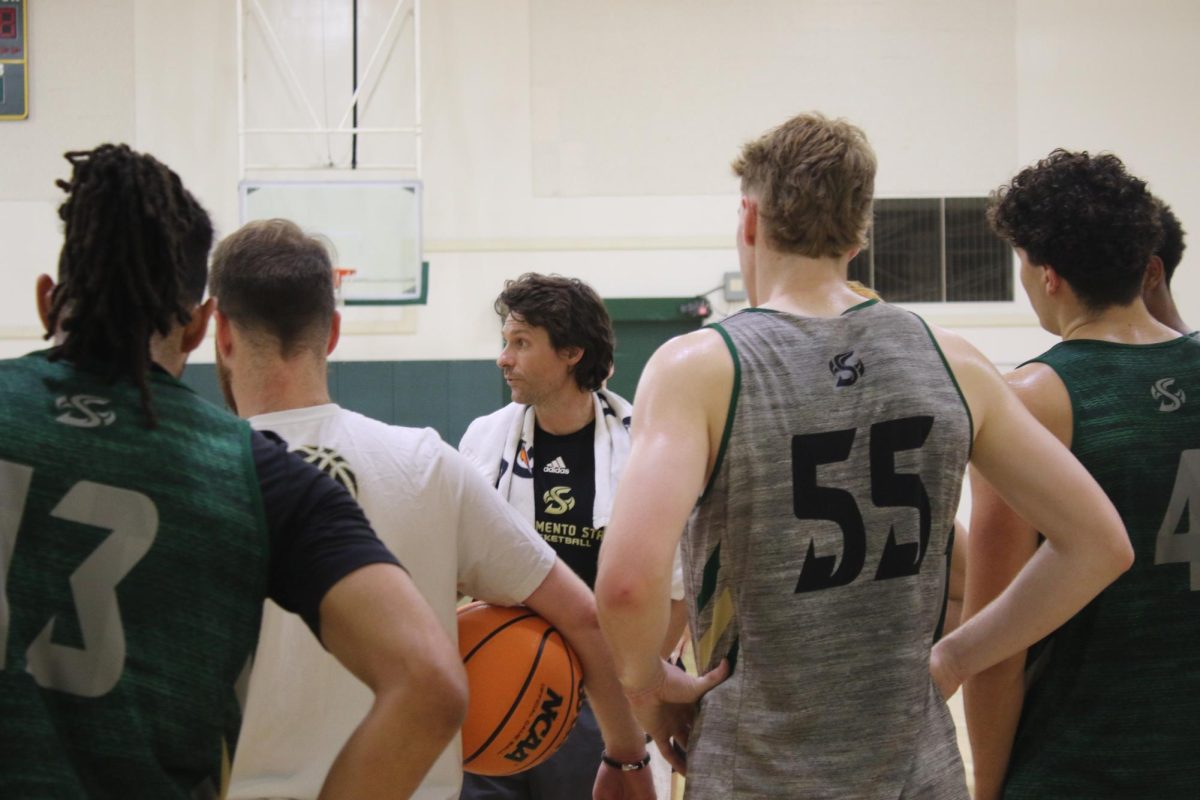









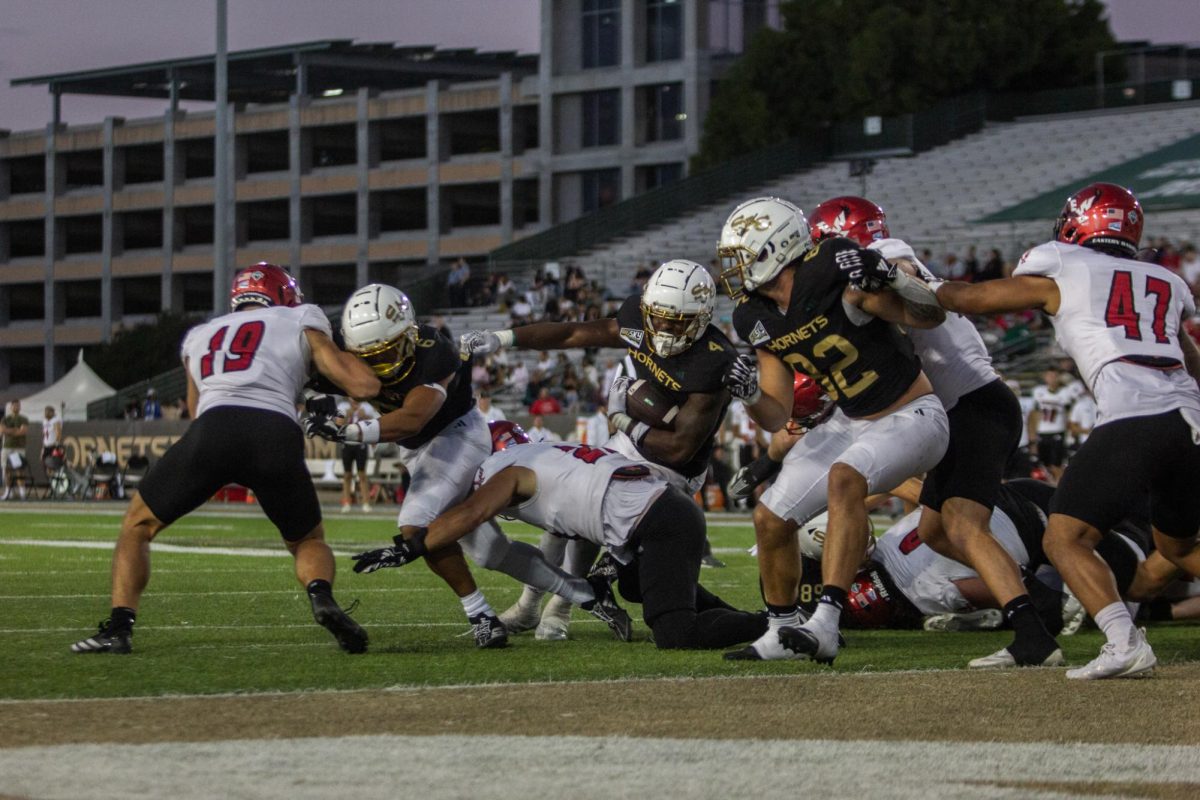
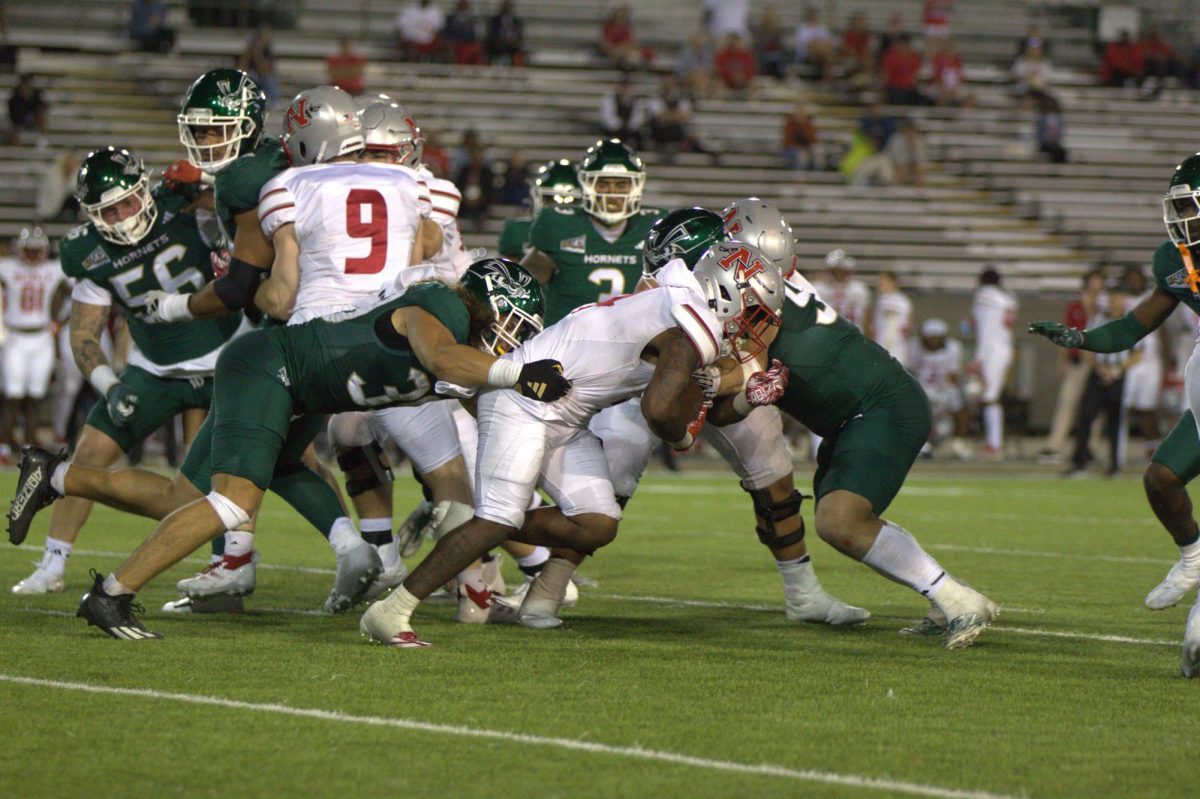






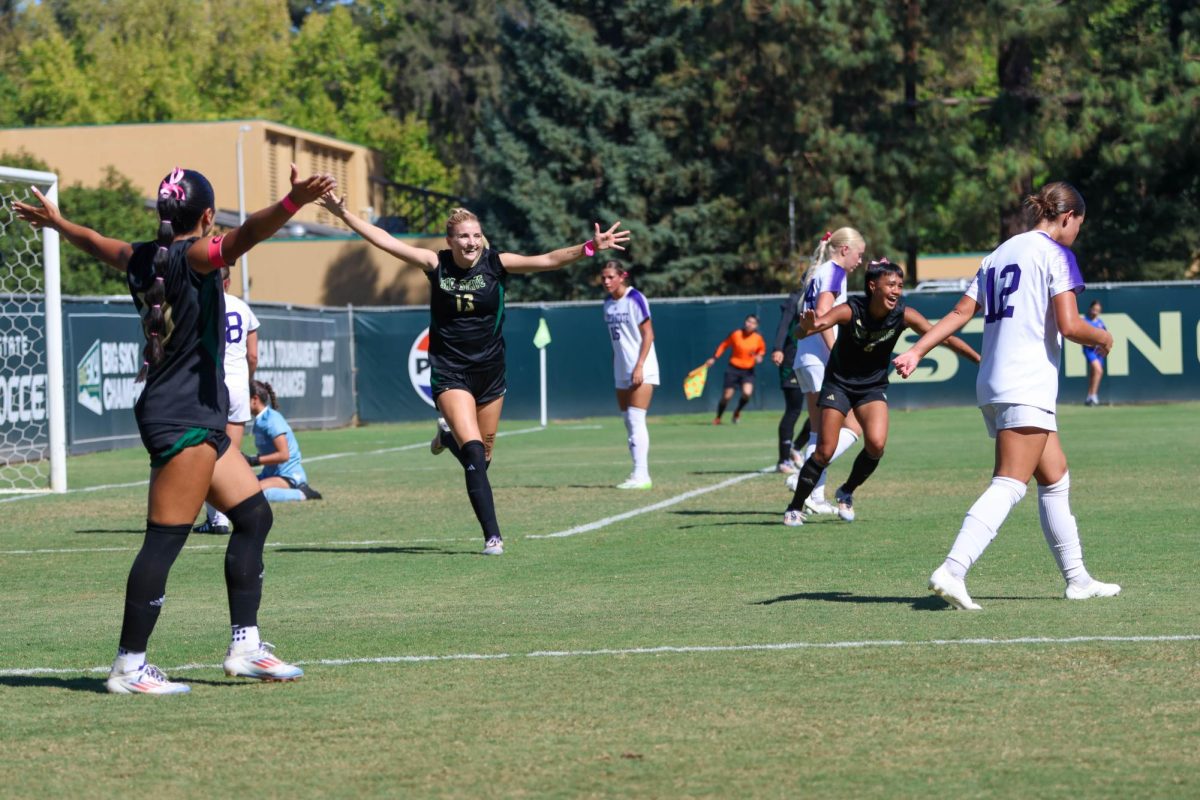
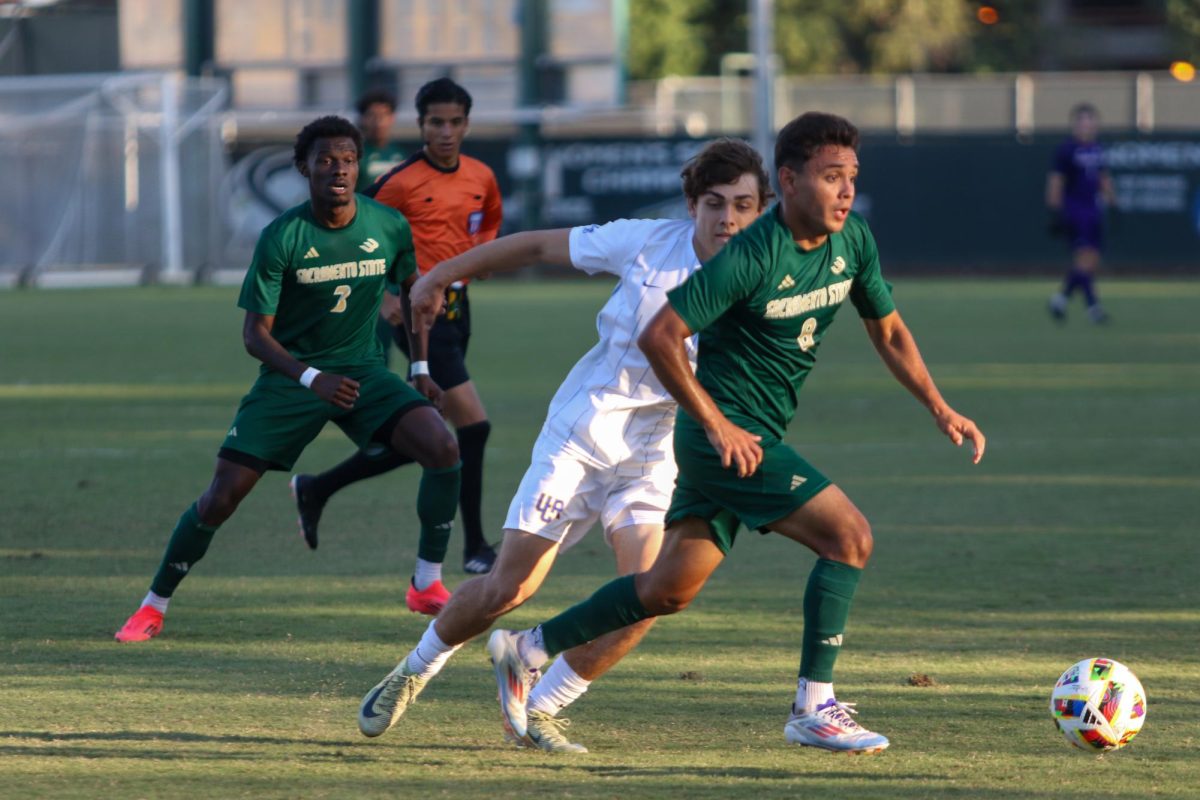
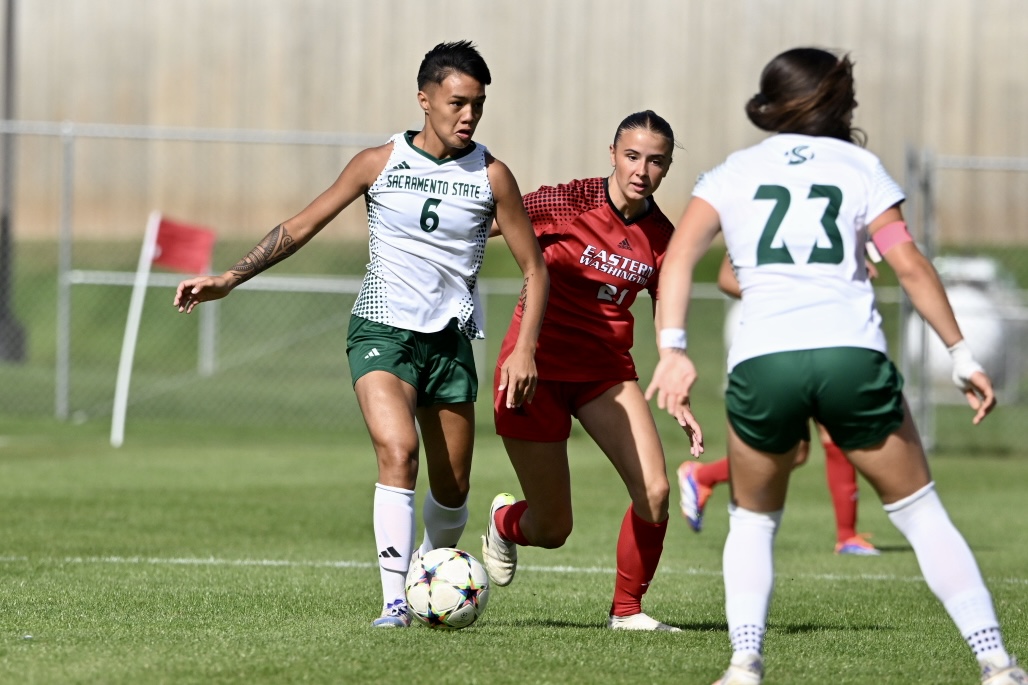















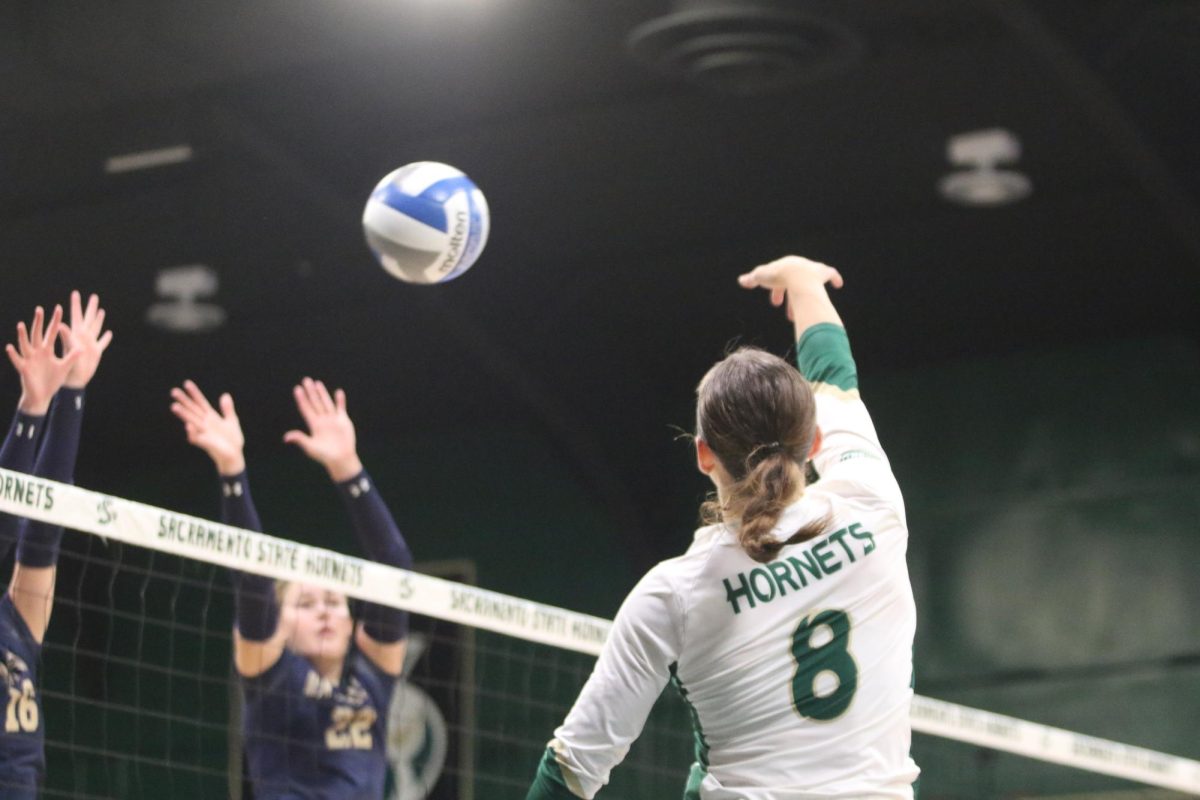
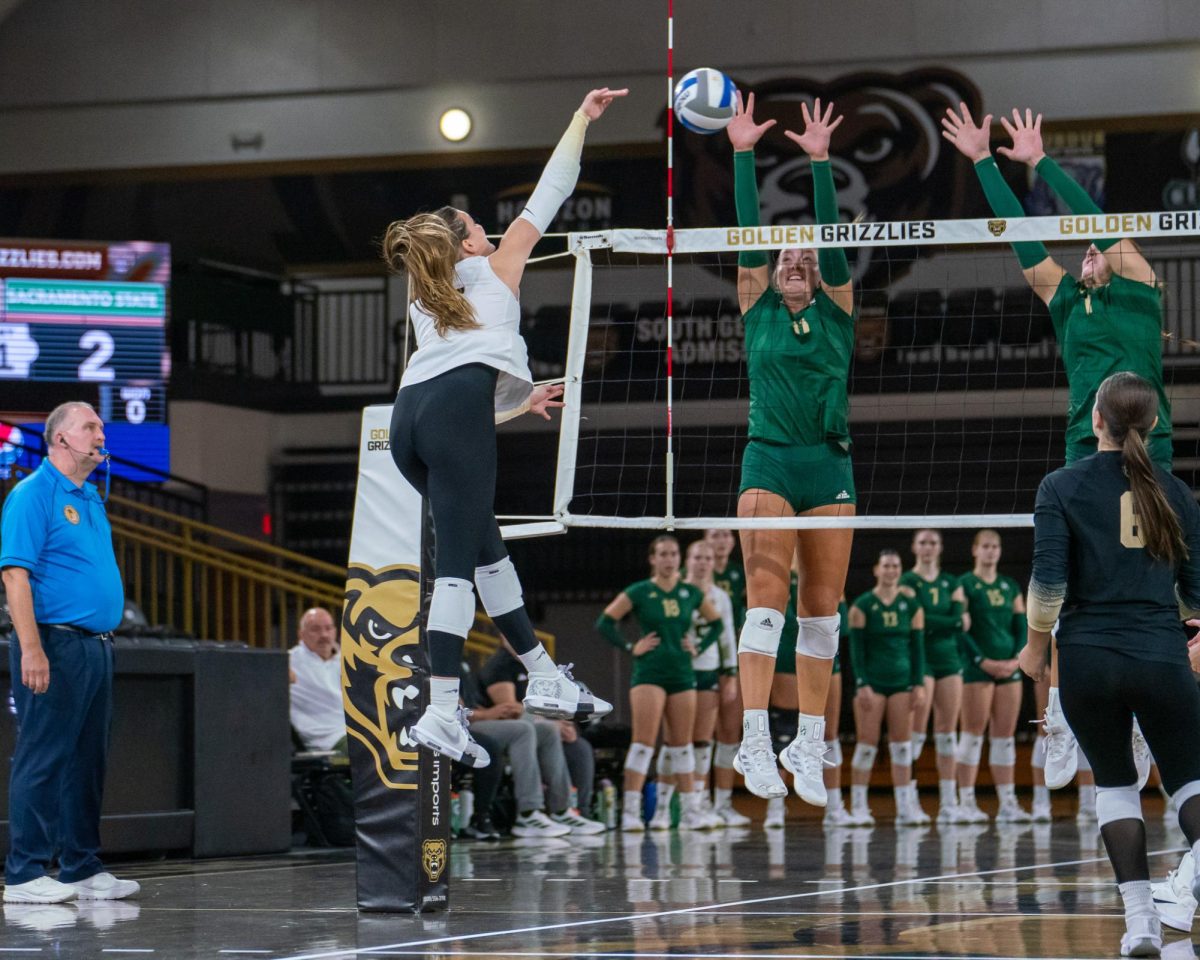
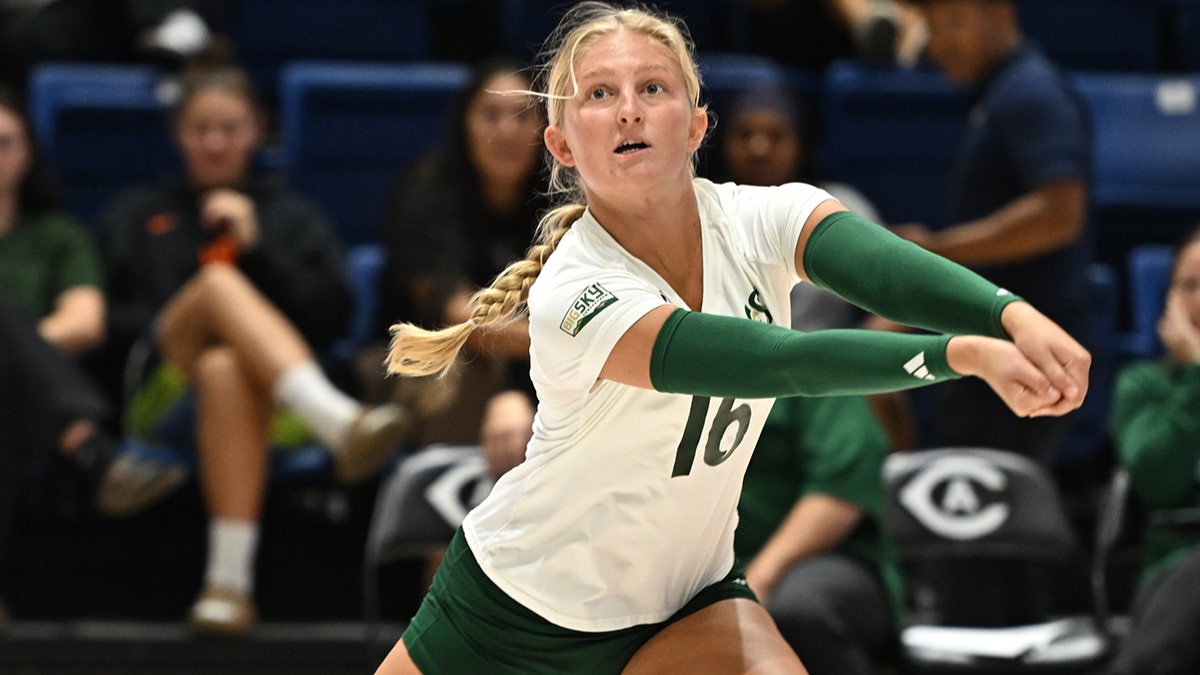

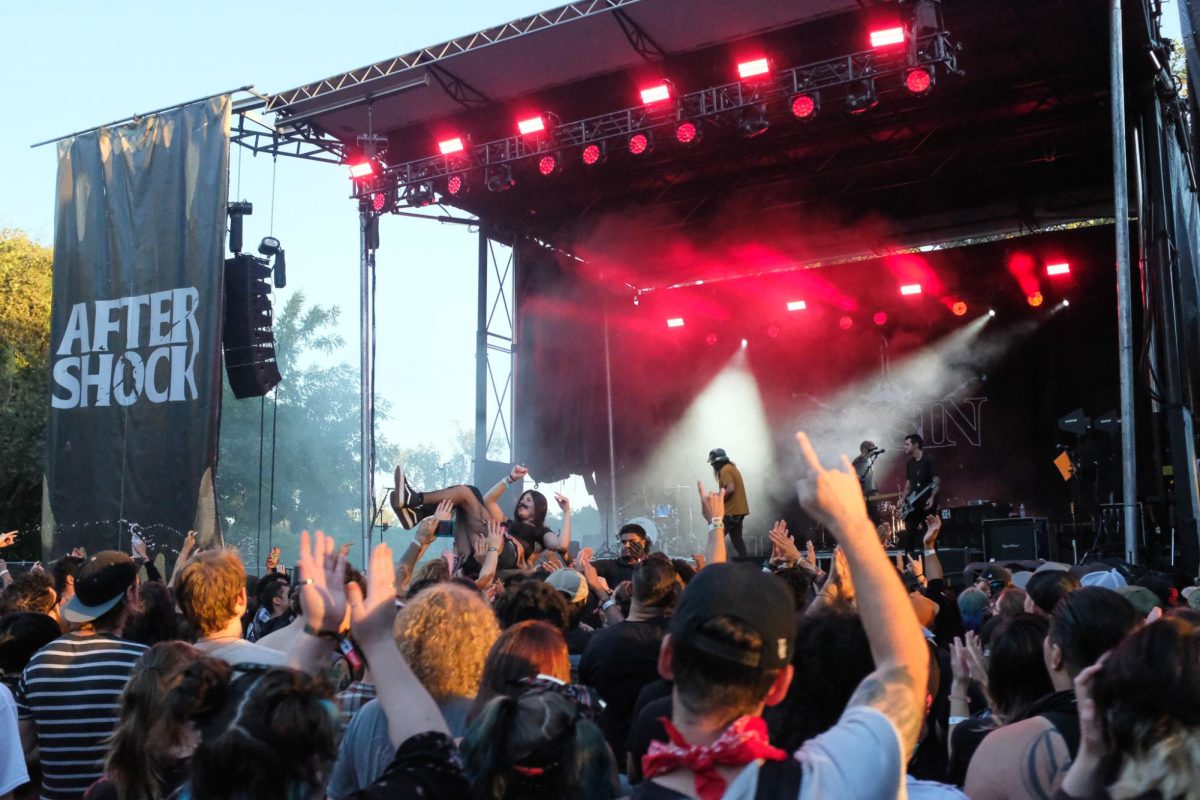

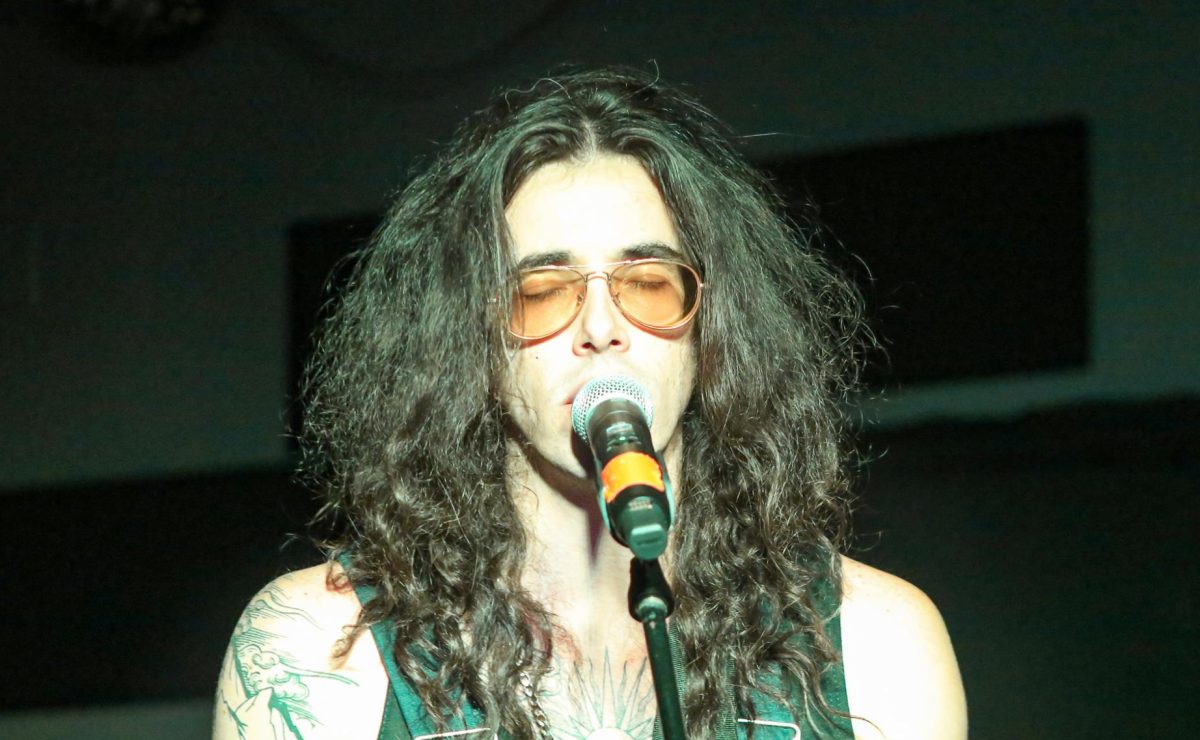











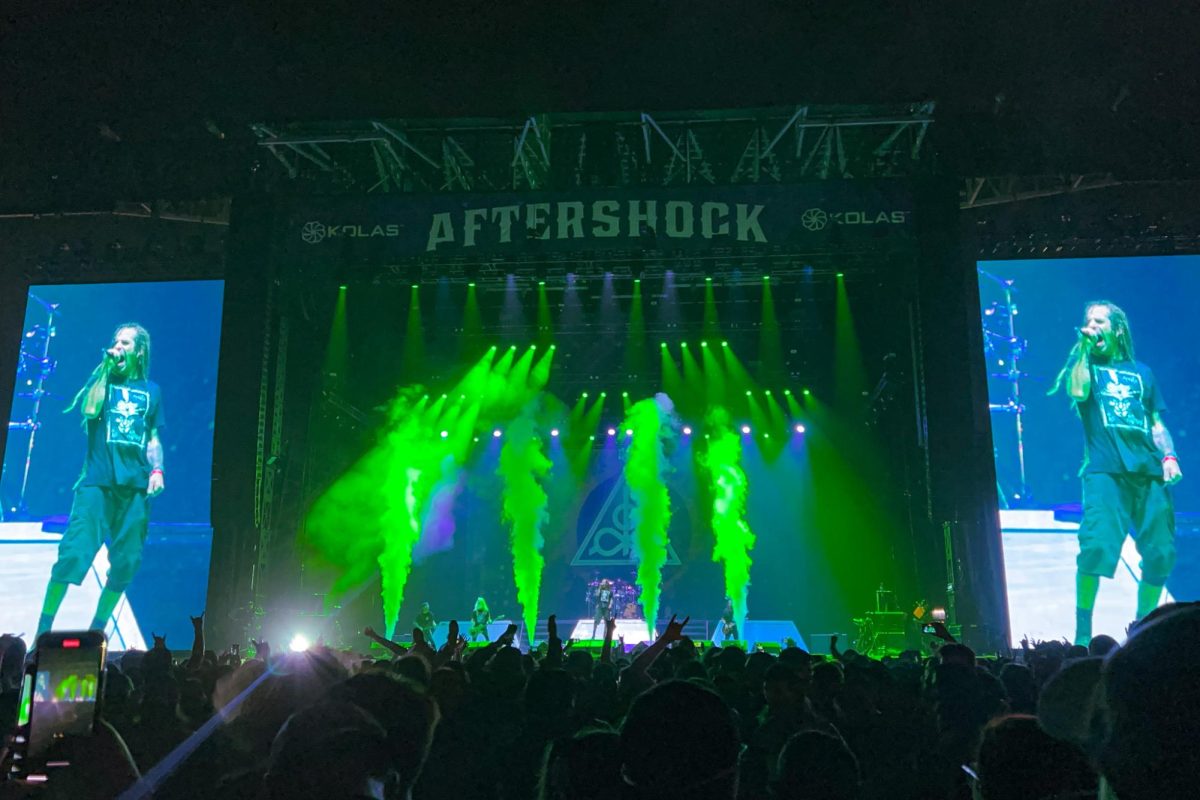









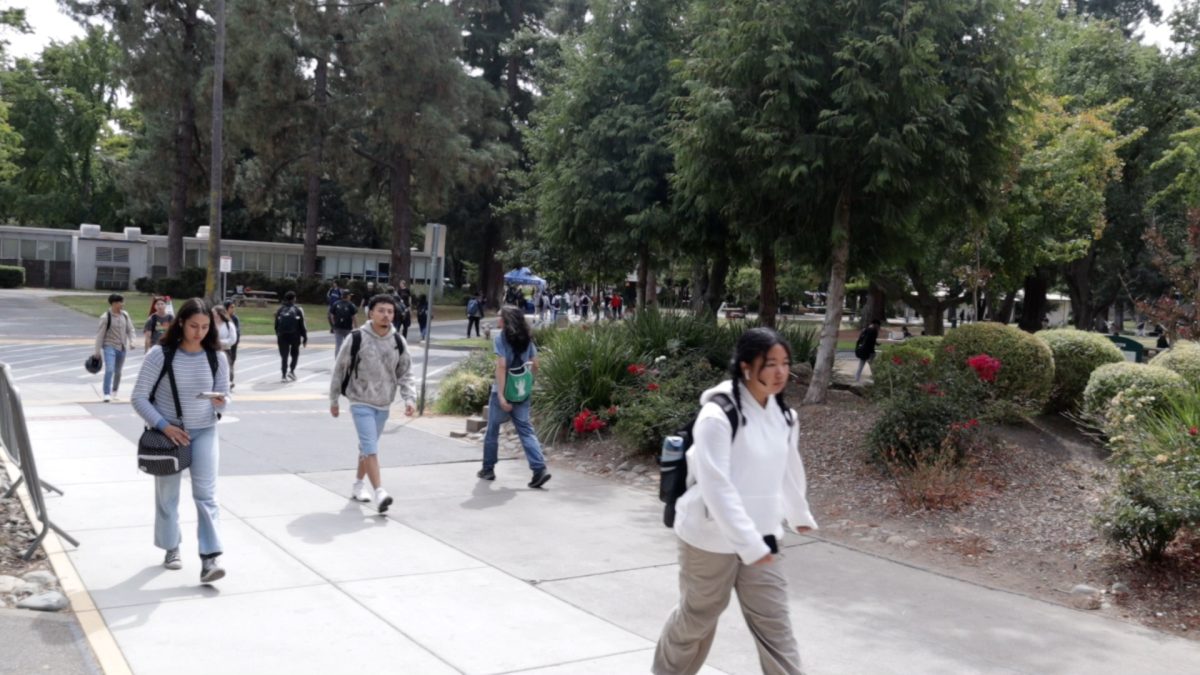




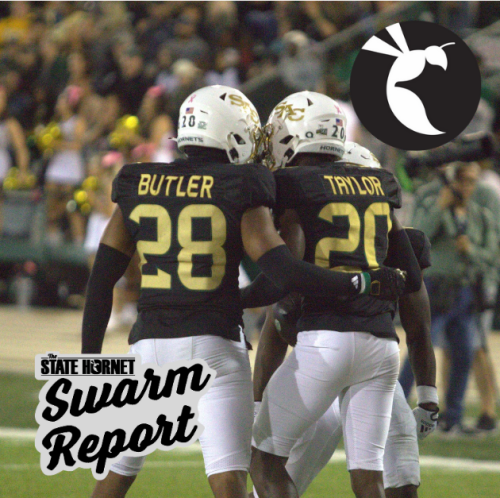


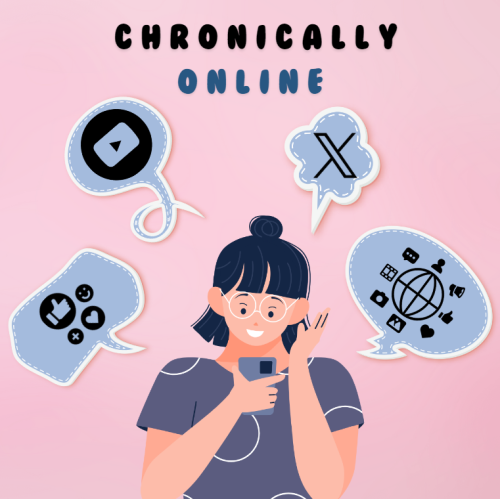

















Bobby Edwards • Feb 16, 2017 at 11:21 pm
So student fees go up to pay an expanding Sac State administration who (trying to legitimize their position) prioritize the legal interest or bottom line of campus before the public health and safety of those who attend. And they’ll probably get a raise. Absolutely inhuman/inhumane.
Danielle • Feb 16, 2017 at 7:18 pm
This is absolutely horrible! I really think students should protest this I would be willing to! Unsafe water conditions and an administration not willing to do anything about it…sounds like the rest of this Country! It is so disappointing that they are willing to put our health at risk instead of fixing the problem. They should be ashamed that we spend so much in tuition but can not drink the water on campus.
Jordan • Feb 16, 2017 at 12:45 pm
So I am a pregnant student on this campus EVERY SINGLE WEEK DAY and I have to continue to not drink ANY water on campus because I don’t know which ones are safe for me and my unborn child to drink from. And if I bring my own bottle, I can’t refill it for the same reason. So if I am thirsty on campus, I have no choice but to buy a water bottle or wait until I get home. I’m sorry,but for the tuition I pay, I have the right to know where it is safe for me to drink from, and which ones to avoid.
Kameron Schmid • Feb 16, 2017 at 1:47 pm
Hi Jordan, thanks for reading. I wrote this story, and I wanted to let you know that Sac State is giving out free bottled water at several locations on campus; Folsom Hall; Eureka Hall, Rooms 206 and 401; AIRC, Room 2004; the Student Organizations and Leadership office on the second floor of the University Union; the Office of Admissions, Lassen Hall, Room 1102; and The WELL. You can read more about what the university is doing in the first story that ran here: https://statehornet.com/2017/01/excess-lead-found-in-several-campus-water-sources/
Anon • Feb 16, 2017 at 10:08 am
Who wants to bet the “remaining sources” are the food vendors and they aren’t releasing the info because it might drop their sales?